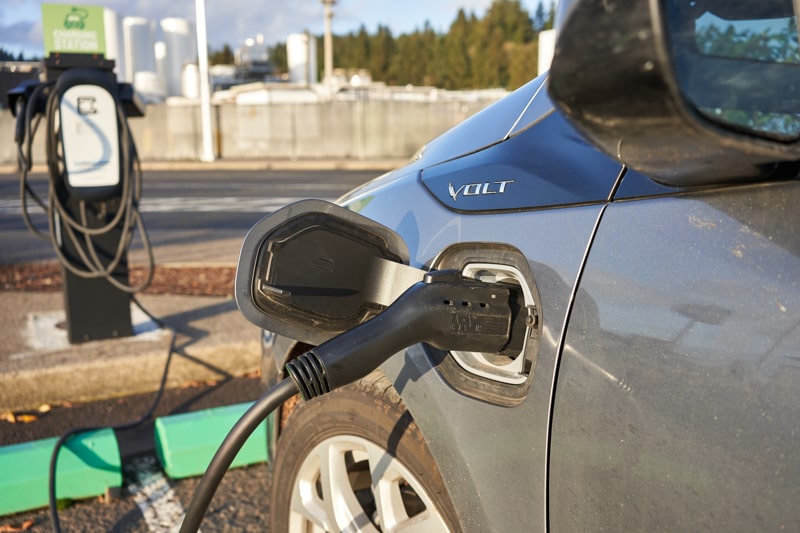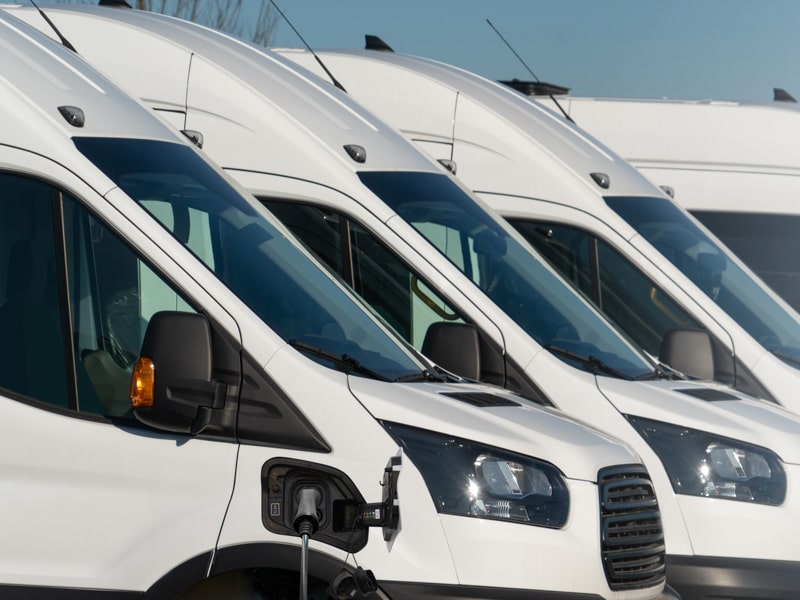Making EV Charging Accessible for all Canadians

by Ali Ponte, Jeff Turner and Lindsay Wiginton
As manufacturers increase the variety of EV models offered in their inventories, and as jurisdictions introduce ZEV sales mandates, more demographics have access to and are adopting EVs. Accordingly, this emphasizes the need to ensure all drivers have access to adequate charging infrastructure. The U.S. Access Board recently released Design Recommendations for Accessible EV Charging Stations, a technical assistance document which outlines requirements and recommendations for making EV charging stations more accessible. The new document provides a series of recommendations for designing accessible EV charging stations, including guidance on elements which are not addressed in the current Americans with Disabilities Act (ADA) and Architectural Barriers Act (ABA) guidelines. With this most recent publication, the U.S. is now setting the standard for accessible design as it relates to EV charging. This article will outline varying components of accessibility as they relate to EV charging stations and the current status of accessible charging across the country.
Accessibility is multi-faceted
There are many dimensions of accessibility to think about beyond whether/how many accessible parking spaces to offer with charging infrastructure. These new considerations must also comply with existing regulations for accessible parking spaces, such as proper location and appropriate access to pedestrian entrances. Two of the newer aspects of accessibility related to EV charging include mobility and communication features.
To use EV chargers, physical access to both the station and its various components is required. Often chargers are built on curbs or slopes and have other physical barriers such as bollards- restricting those who use mobility devices such as wheelchairs, scooters, walkers, etc. from accessing the infrastructure. Some considerations to alleviate these obstacles include but are not limited to increasing the size of the vehicle charging space, widening access aisles, and installing/positioning chargers on a levelled parking surface rather than on a raised curb. Additionally, the physical operability of the charger can also arise as a mobility barrier. Charging cables are typically heavy and can often be placed out of reach for those using mobility aids. Cable management systems should be designed such that all users are able to easily access and lift the cables to and from their vehicle.
EV chargers also often have other communication features such as display screens, apps, card readers and more in order to function and receive payment. These components must be compatible with the needs of all EV owners including those who are deaf or hard of hearing, visually impaired, have dexterity limitations, or have other disabilities. Some features which increase accessibility include user interfaces or display screens (including apps) which are compatible with screen readers, the use of tactile and braille controls, and audio descriptions or speech output.
These often-overlooked design considerations should be incorporated as mandatory criteria at the inception of the project to ensure all EV users have access to equitable/barrier-free charging infrastructure.
Where does Canada stand?
Currently, there is a significant amount of money that is being invested in charging infrastructure across Canada. During EV Week in July alone, over $16 million in federal funding was announced to support the deployment of approximately 2,000 EV chargers nationwide, albeit there is no accessibility requirement or criteria to qualify. While Canada is making important strides in expanding the number of chargers across the country, we may also be excluding many Canadians from this vital infrastructure. Not only does this become an equity issue, but it also poses a potential regulatory risk. In certain jurisdictions, if the existing infrastructure is not accessible, utilities, governments, and businesses alike might have to go back and renovate them down the road. Two issues are likely to arise with this approach:
- Renovations will likely be both expensive and time[1]consuming, and
- Once revisited, existing sites might not be capable of meeting accessibility standards, prompting the operator to consider relocation
BC Hydro recently announced its commitment to improving the accessibility of its EV charging network, stating that all new fast charging sites will be designed as barrier-free. Additionally, the utility “is working to ensure all new sites within its EV fast charging network are designed to be fully accessible and stations at existing locations will be retrofitted to offer accessible charging over the next three years”.
Work needs to be done to make EV charging accessible
Accessibility features should be considered with equal importance as the location and compatibility of existing electrical infrastructure. This may mean that charger locations with accessible parking spaces be considered on a case-by-case basis. For new sites, this necessitates that accessibility criteria are addressed in the concept site plans prior to construction while existing locations should be re-evaluated for compliance with these standards. With increasing levels of EV adoption across the country, we encourage Canadian jurisdictions to consider incorporating these important design elements or risk restricting access to critical infrastructure for a considerable segment of the population.
Related News
- Read more about Our Mobility Team Hits the Road!
Our Mobility Team Hits the Road!
June 14, 2023
Spring has been a busy time for members of our Mobility team as they speak at and attend conferences across…

- Read more about Government of Canada Contracts Dunsky to Support Electrification of Federal Vehicle Fleets Nationwide
Government of Canada Contracts Dunsky to Support Electrification of Federal Vehicle Fleets Nationwide
November 16, 2022
Dunsky to define lowest cost strategy to electrify nearly 30,000 vehicles by 2030 as part of Greening Government Strategy November…

- Read more about Dunsky welcomes Brendan McEwen as Managing Consultant
Dunsky welcomes Brendan McEwen as Managing Consultant
July 12, 2022
Dunsky is thrilled to welcome Brendan McEwen to the firm as a Managing Consultant. Brendan is a leader in the energy transition…
